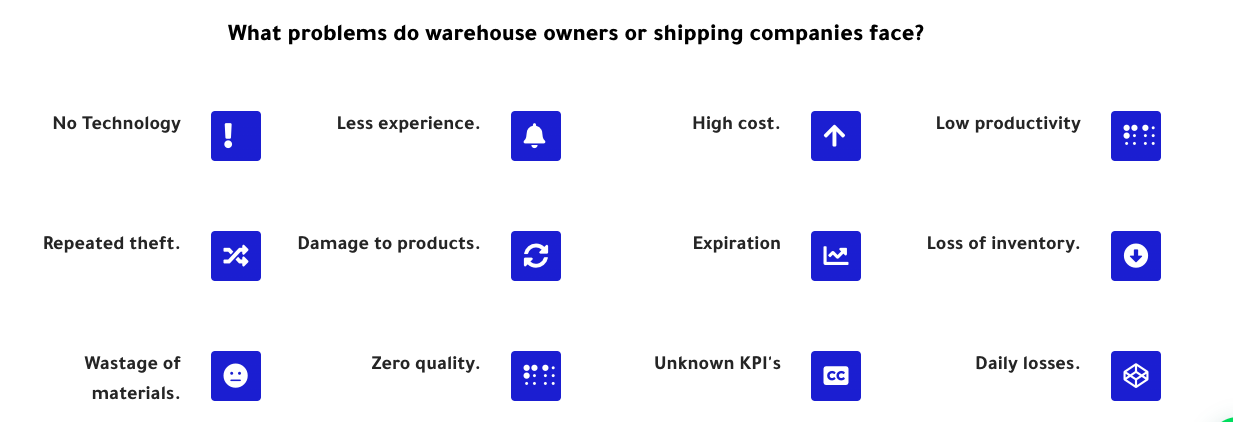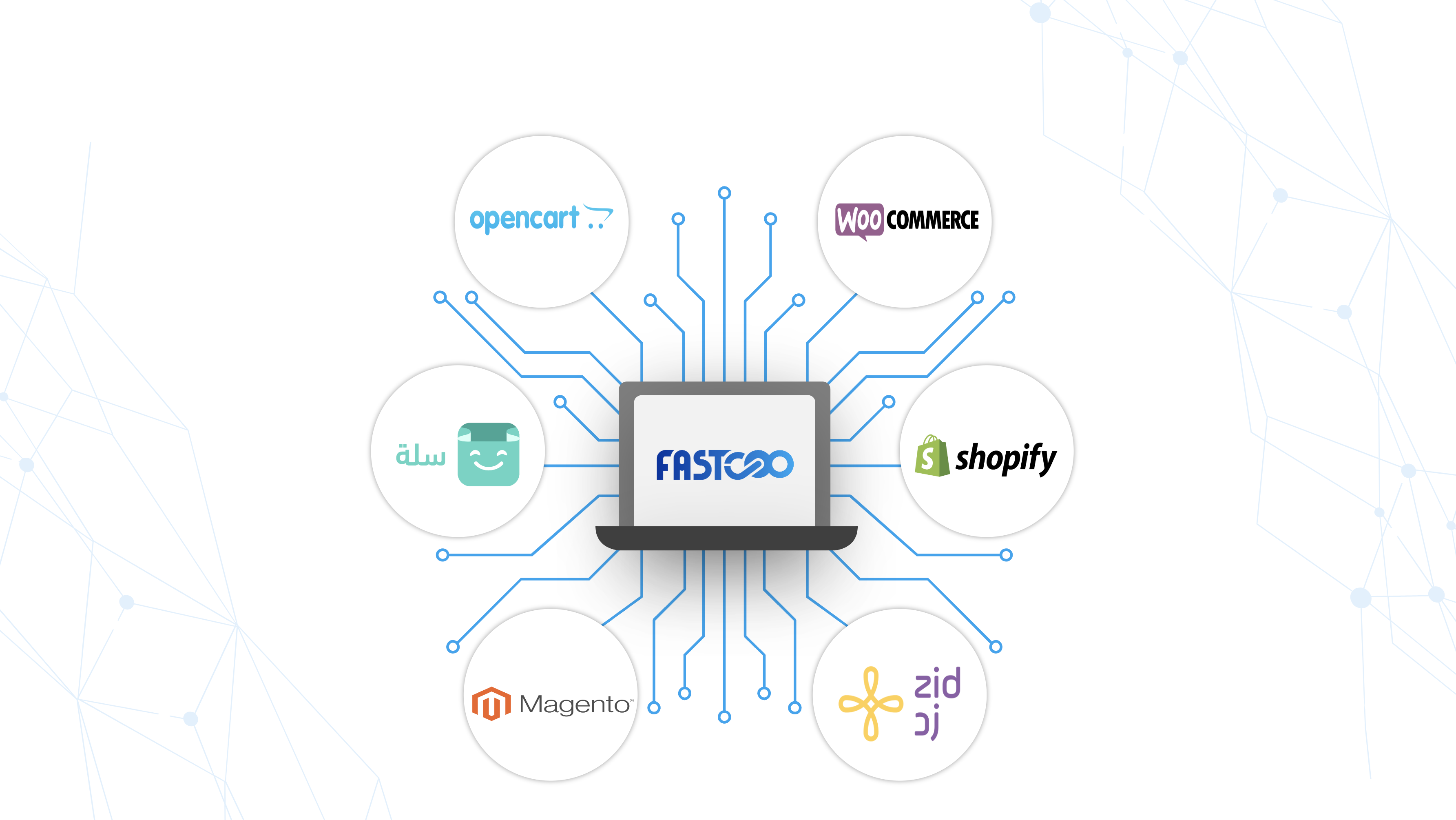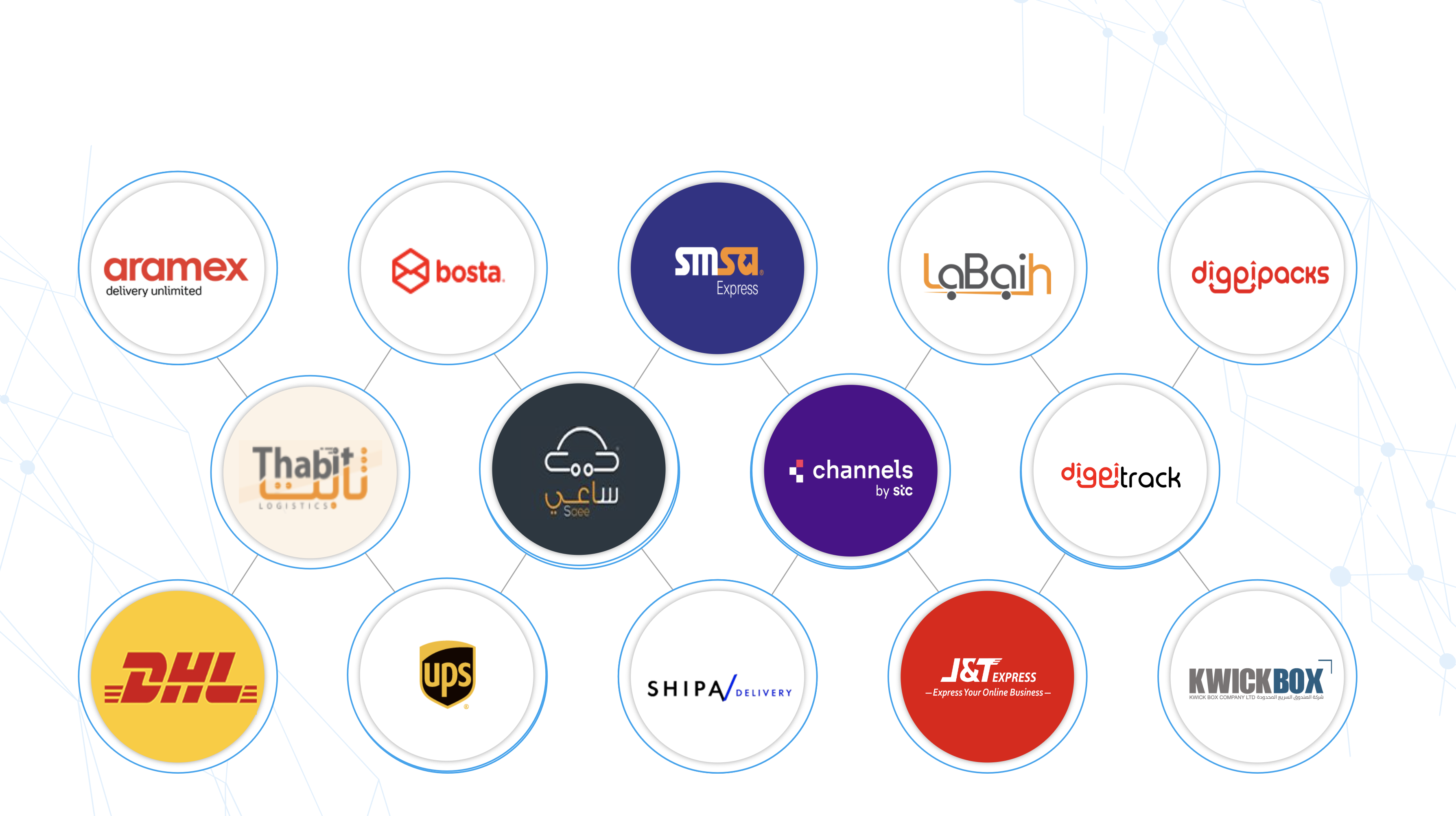
Vision
Building successful a TECH companies with the possibility of competing locally and globally and according to the Vision 2030 through the digital transformation. FASTCOO is the first Saudi company to manage all of these these services.
Logistic Services
In FASTCOO, we can build logistics technology companies with confidence and professionalism, FASTCOO save your time & the cost of searching for any external service provider locally or globally. All in one Services
Goals
Serving the logistics sector in the right way to understand and work on the professional logistics standards and develop business in a professional manner, as well as building a special technology for each logistics companies ........
Fastcoo Solutions
- Manage all warehouses using one Dashboard
- You want to know all of the activity in your warehouses using one dashboard.
- Attract an unlimited number of customers.
- integrated with most of e-commerce platforms
- Tech Support 24/7.
- Logistic consultant to manage your business in correct way.
- Expand your business with Fastcoo internally and externally.
- Unlimited number of orders.
- Free Logistics system.
- Continuous technology development as needed.
- Logistics support team dedicated to each customer.
Do you have any logistical experience?
Fastcoo with you
18+
Years of experience
1000000+
Average number of shipments
270+
Logistics project
3+
Foundation projects
1
Training
We train your employees on the system.
2
We prepare your warehouses for you
We give you all the plans to manage your own warehouse.
3
We connect you with technology
We transform your business completely as a digital technology.
4
Coding your warehouses
Each shelf has a special address defined on the system.
5
Integrated with all platforms
All partners of e-commerce platforms and shipping companies.
6
We hand you the key
Start your project and we are with you for any logistical consultation.
Fastcoo in numbers
1000000+
Number of orders - Monthly
11000+
We have served thousands of stores
1000000+
Number of SKU's
+18year
Logistics experience
50+
Couriers Companies
+20000employee
Fastcoo Systems contributed hiring
6
e-commerce platforms
+380
Number of operated warehouses
Fastco Logistics Systems
Fastcoo provides many TECH logistics services that will help you in your field of business.
Fastcoo partners software
Free Fastcoo systems with full technology for major logistics companies. . . With a consulting team ready to support you.
Warehouse Management System
Everything you need to start a warehouse management project for serve ecommerce stores products.
Last Mile Systems
All the technology you need to start a Last Mile project for e-commerce stores or for your own project for an unlimited number of orders.
Additional logistics services
Fastcoo provides many logistical services that will help you in your field of business
Consulting for last mile companies
Working with well-known brands, we know the key challenges they face now, from strategy, operations to KPIs, Growing faster is our mission...........................
More detailsEstablishing and structuring logistics companies for warehouses B2C - B2B
Establishing your logistics company in the appropriate and recognized manner that suits your business plans for E-COMMERCE STORES.
More detailsEstablishing and structuring logistics companies for last mile B2C - B2B
Everything you need in terms of operational, financial and administrative plans to start your logistics project for Last Mile parcels in KSA.
More detailsConsultations for e-commerce stores
Running a successful e-commerce business means getting things right. Fastcoo will helps you with all solutions .
More detailsTraining and Hiring for the logistics companies
Fastcoo trains your staff on the policy of logistics companies and also hiring experts to manage it as required
More detailsWarehouses Organization
In order to start correctly, your warehouse infrastructure must be fully prepared. The more and more spaces you exploit, the more you will be able to increase your income and sales.
More detailsWhy should you choose Fastcoo today?
l MADE IN SAUDI l
Headquartered in Riyadh, it is managed by a staff whose tech logistical experience spans more than 20 years.
l Integrated with most E-commerce platforms l
Fastcoo systems are integrated and linked with most local and international e-commerce platforms.
l Tech Support 24/7 l
Fastcoo is supporting their clients 24/7 and they're available on all communication channels.
l Safe Servers l
Fastcoo has allocated a dedicated team to implement all security standards related to cyber information security.
l Developers l
Our developers from all over the world have sufficient experience to deal with any logistical challenges that enable them to activate future advantages that benefit logistics companies.
l Logical systems l
Fastcoo systems were designed with all logic for logistics companies, as the systems were tested with local and international companies and with the highest possible numbers of shipments to ensure their stability.
l Logistics expertise l
Fastcoo is not just a technology company, but rather a company that gives you all free logistical consultations for growth in your business, free of charge, as a support to our clients.
Our systems are integrated with e-commerce platforms

Our systems are integrated with all local and international shipping companies

latest news
..
- All
- E-COMMERCE
- Uncategorized
- WAREHOUSES & FULFILLMENT




